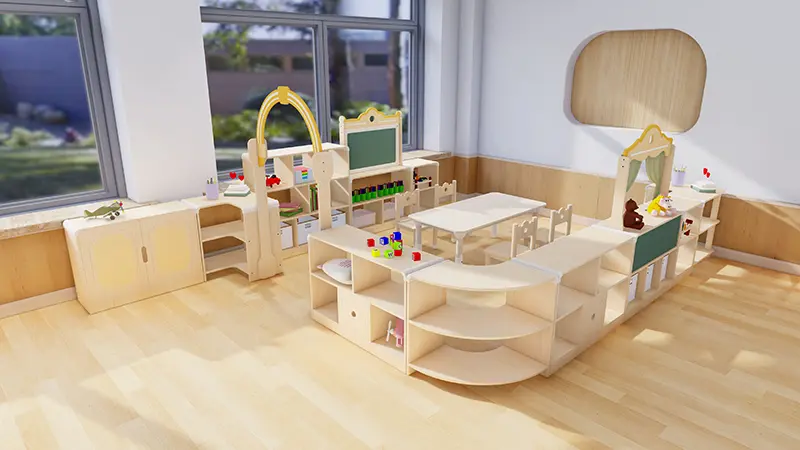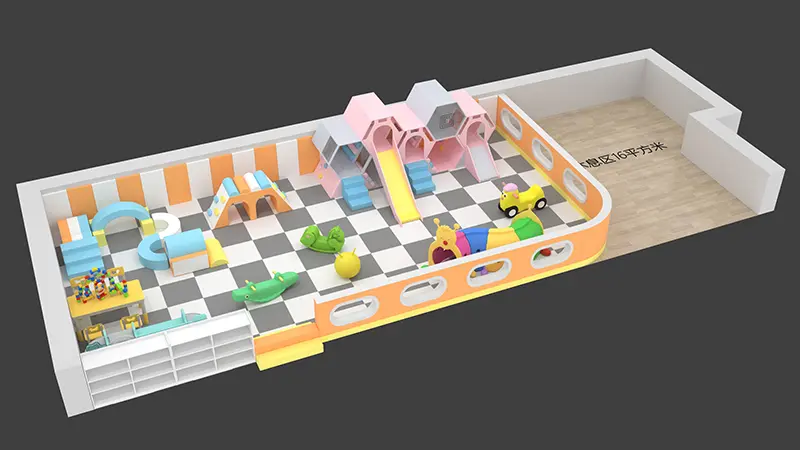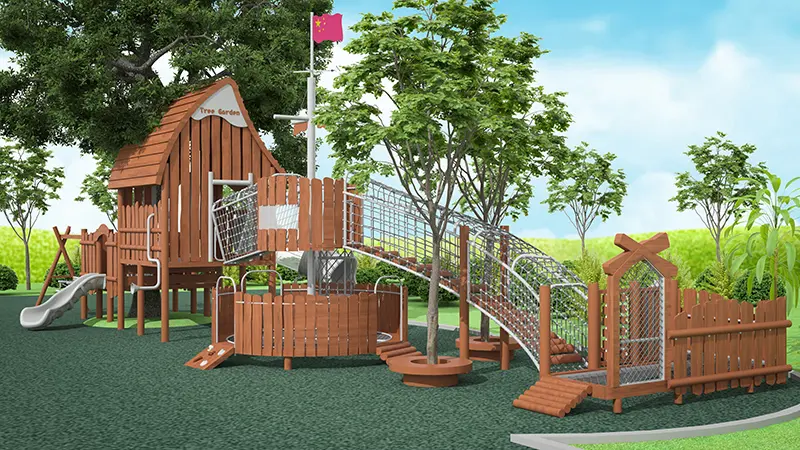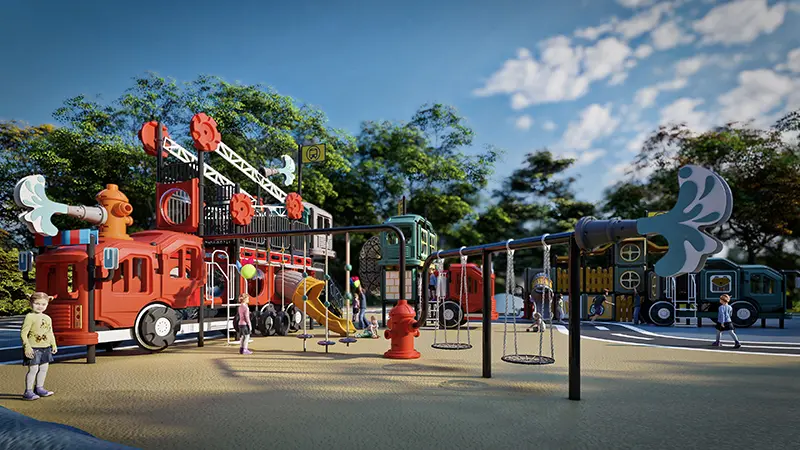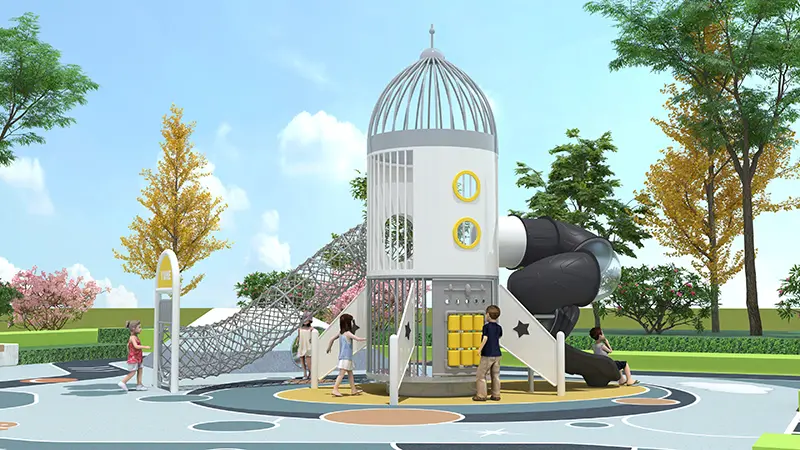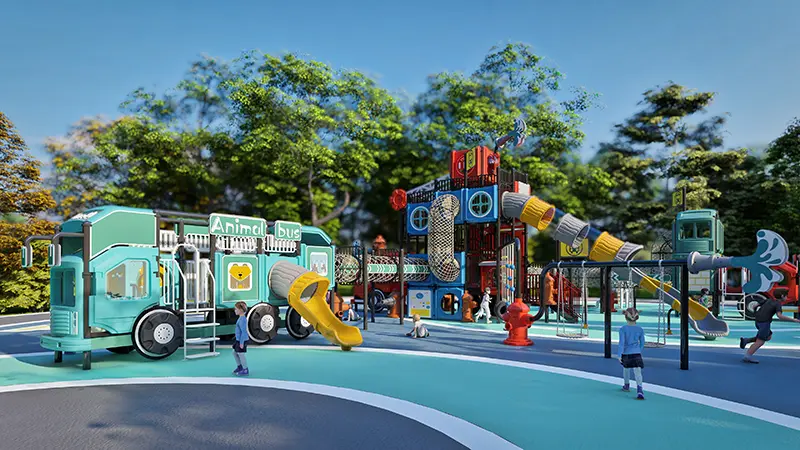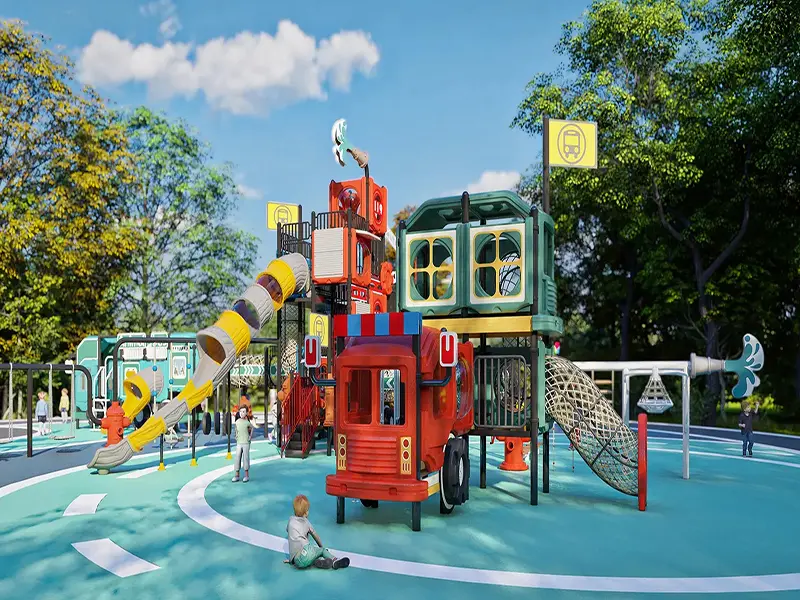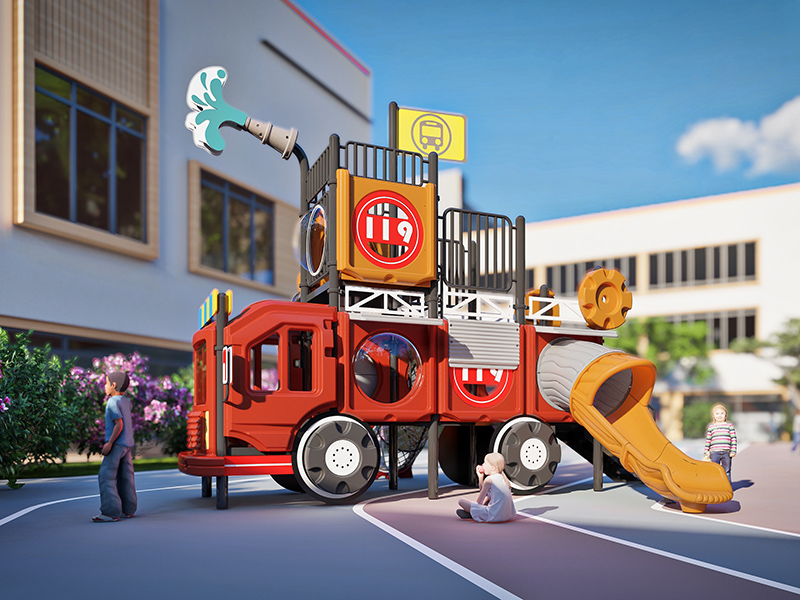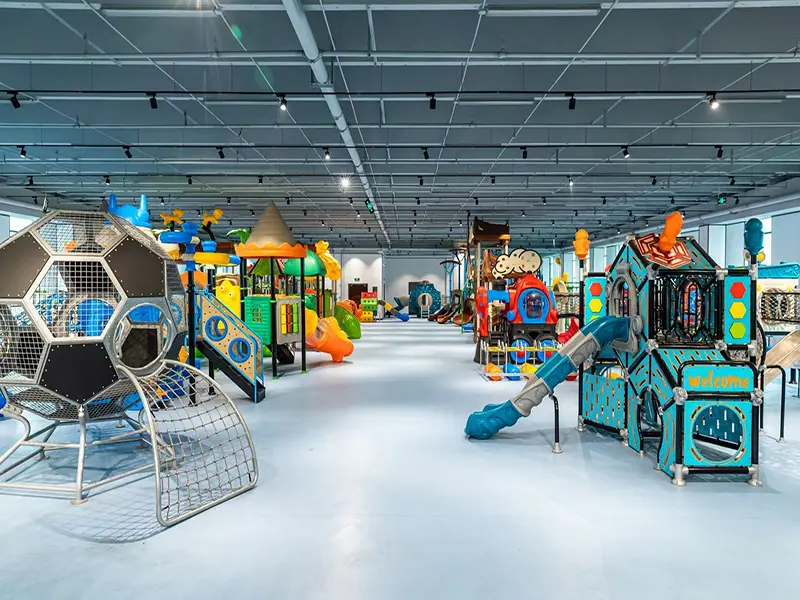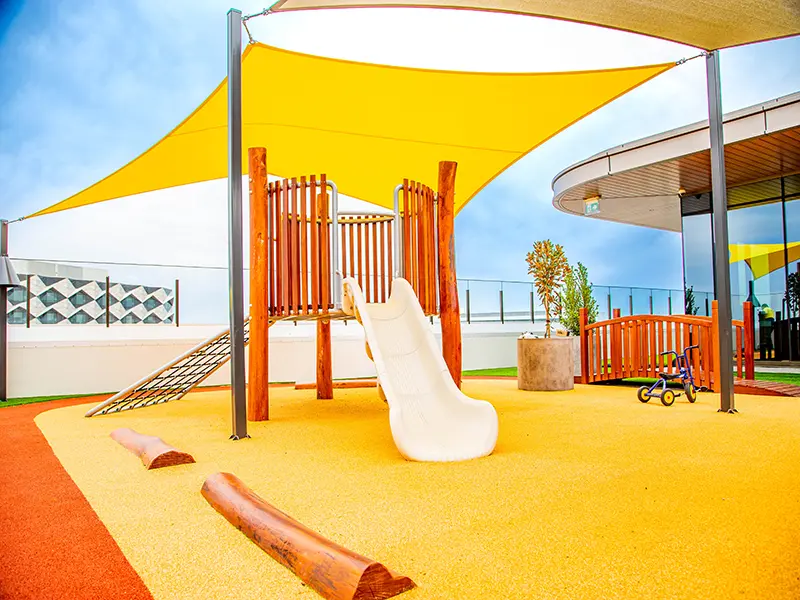 +86-13901441113
+86-13901441113 Igniting Childhood Potential: A Scientific Layout Guide for Indoor Sensory Integration Classroom and Preschool Classroom
In the golden period of early childhood development, the environment is a silent yet powerful 'third teacher'. A well-designed sensory integration classroom or preschool classroom can effectively ignite children's enthusiasm for exploring the world, laying a solid foundation for cognitive, motor, social, and emotional development. How to create such an ideal space for schools, families, and educational institutions? We bring you layout recommendations.
Sensory Integration Classroom
Early Childhood Education Center Classroom
Expert Opinion: The Science Behind Design
Choose a major and invest in the future
Immediate action
The core of sensory integration training lies in safely and effectively stimulating and developing children's sensory system. The layout of the scientific classroom is key:
Clear zoning and clear objectives:
Tactile exploration area: Lay floor mats or wall panels of different textures (soft, granular, smooth, rough), place tactile bags, and play sand/water tables.
Vestibular balance zone: Install safe swings (suspended, platform), balance beams, small slides, rotating equipment, and small trampolines. Ensure there are sufficient soft bags around for protection.
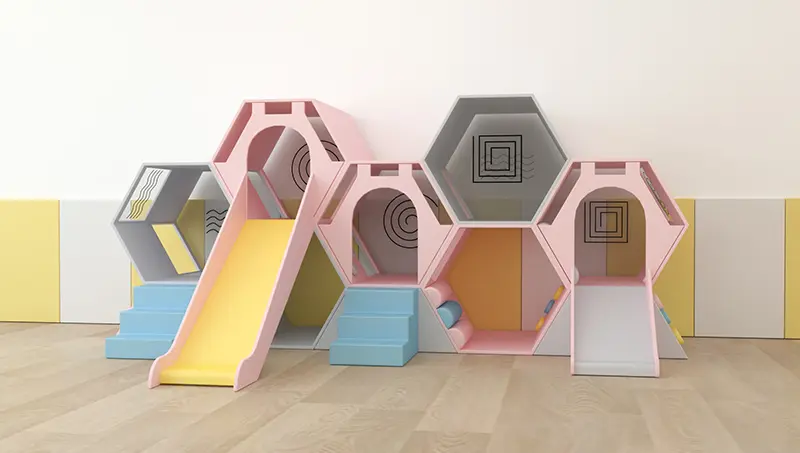
Power zone: equipped with Climbing Frames (soft or wooden), tunnels, pushable heavy carts (such as carts filled with soft balls), and equipment for pushing, pulling, and lifting activities.
Visual and auditory areas: Use soft color zones to avoid excessive stimulation; Set up a light adjustment device; It can include interactive light and shadow walls, quiet music corners, or sound effect toy areas.
Safety first:
Comprehensive soft packaging: High quality and easy to clean soft packaging materials must be used for wall corners, columns, and equipment edges.
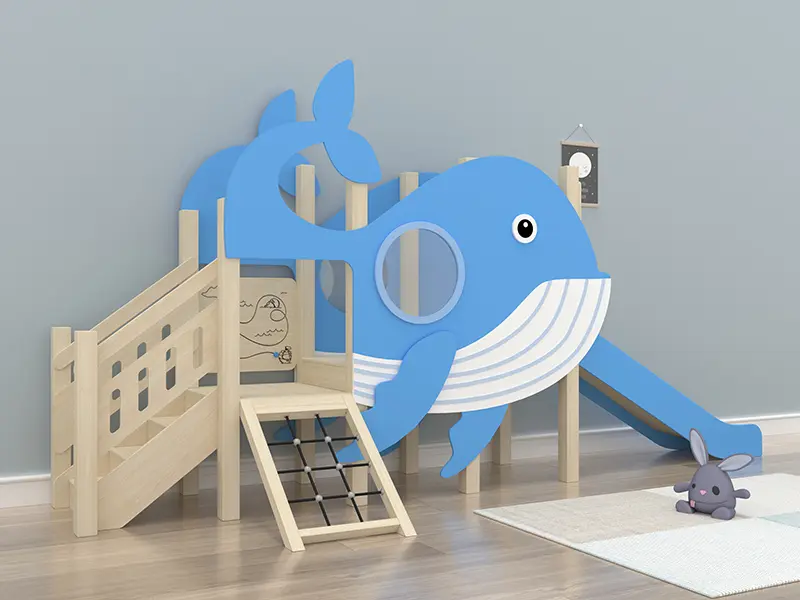
Ground protection: Use shock-absorbing and anti slip soft pads (such as EVA splicing pads) with sufficient thickness to cushion jumping and falling.
Equipment stability: All large equipment must be professionally installed and regularly inspected and maintained.
Smooth flow: Reserve spacious passages to avoid crowded collisions, and effectively separate the active area from the static area.
Flexible and variable:
Use movable and modular equipment and partitions to adjust the spatial layout and challenge difficulty according to course needs and children's abilities.
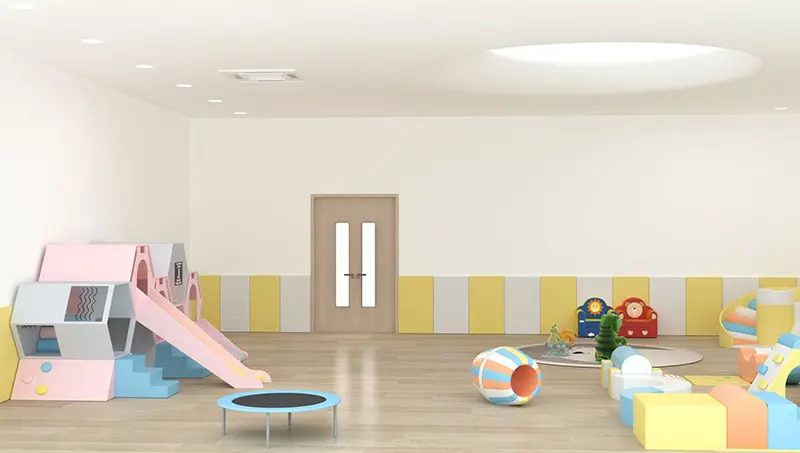
Early education classrooms need to support a wider range of learning areas and create a warm, orderly, and inspiring environment:
Regional interest:
Comfortable Reading Corner: Soft carpets, cushions, and low bookshelves display picture books with outward facing covers, creating a quiet and warm reading atmosphere.
Creative Arts Area: Easy to clean tabletops and floors, open low cabinets for storing various art materials (brushes, paints, paper, safety scissors, clay), and a display wall/line for artworks.
Construction and imagination area: provide rich building blocks (wood, plastic, foam), patchwork toys, doll houses, vehicle models, role playing clothing props.
Desktop operation area: suitable for height tables and chairs, equipped with intricate operation materials such as puzzles, beads, classification toys, and tabletop games.
Science/Nature Corner: Set up an exploration table where you can observe plants, shells, magnifying glasses, simple scientific experimental tools, etc.
Quiet Rest Area: Away from active areas, provide soft cushions, beanbag chairs, or small tents for emotional regulation or solitude.
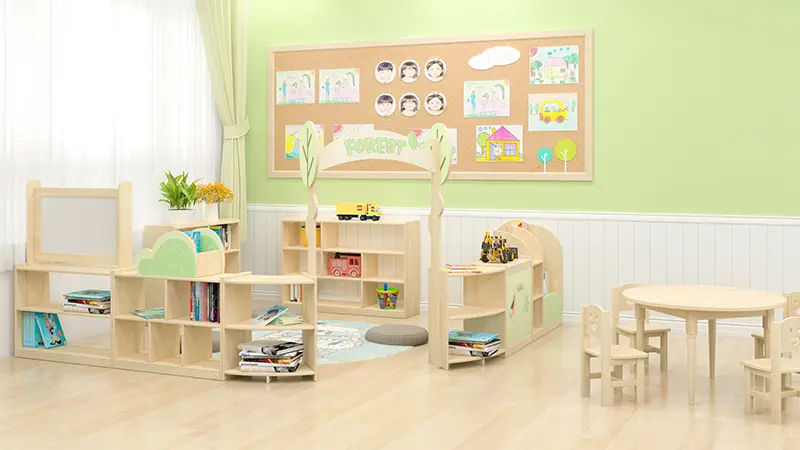
Environment is teacher:
Order and Aesthetics: Items are clearly classified and stored on low, open shelves with pictures and text labels, cultivating children's sense of order and autonomy. The overall color is harmonious and soft, embellished with natural elements such as green plants and wood.
Children's perspective display: Wall displays children's works, activity photos, and records of theme projects, placed at the height of children's line of sight.
Natural light and ventilation: Maximize the use of natural light and equip with adjustable soft artificial light sources; Ensure good ventilation.
Flexibility and inclusiveness:
Furniture is lightweight and movable, making it easy to reorganize space according to activity needs.
Consider the needs of children with different abilities and create an inclusive environment.
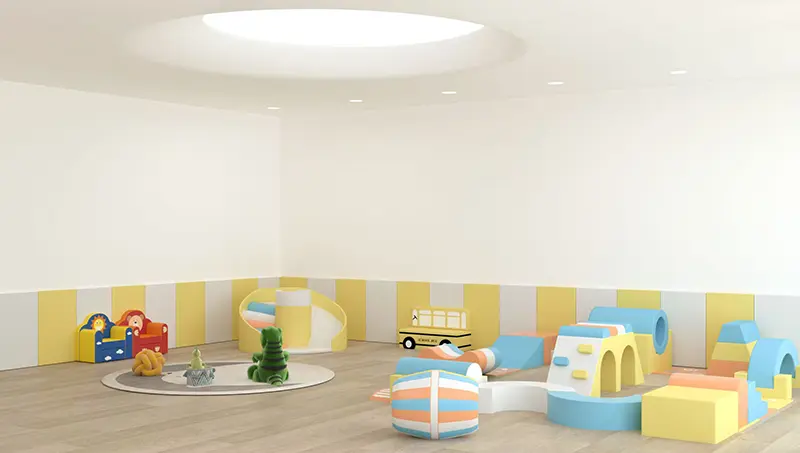
A well-known expert in child development pointed out that "the core of a high-quality sensory integration and early education environment lies in understanding the developmental needs of children at all stages, and providing appropriate challenges and support through environmental design. Safety is the bottom line, and a space with clear zoning, orderly materials, and full of nature and beauty can maximize children's internal motivation for active exploration and learning, promote effective connections of brain neural pathways
Whether you are planning to establish a new sensory integration training center, early education institution, or looking to optimize your existing spatial layout, scientific and professional design is crucial. Choosing an experienced design team that understands the developmental needs of children means creating an ideal environment that truly ignites their potential and supports their growth and development.
Browse our website for more design cases and professional solutions for sensory classrooms and early education centers.
Book a free consultation and communicate your specific needs and vision with our children's space design experts.
Create a perfect starting point for children that is safe, fun, and full of learning opportunities!
